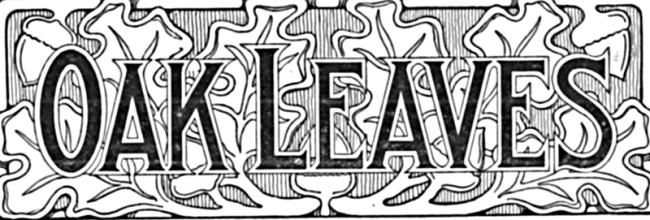In May 1968, the Village of Oak Park passed a Fair Housing Ordinance, which changed the direction of the community and provided a way forward for racial integration. But the road to a welcoming community was uncharted, and change was often slow. The Oak Leaves quoted an unnamed investigator for the Leadership Council for Metropolitan Open Communities as saying, “The real estate industry is two to three years behind the general public in attitudes about race relations.”
The goal of the Housing Center, which opened in 1972, was to discourage the clustering of races and to encourage the dispersal of all racial groups throughout the village. Already, some blocks in east Oak Park near Austin Avenue were more than 50 percent black. In addition, a “closed network” of apartment buildings meant that some buildings had all white tenants.
Compared to people who had minority neighbors, those who lived in all-white areas expressed greater fear of having even a single non-white neighbor. To address some of these fears, the “Oak Park Ordinance Establishing Procedures for Achieving Stable Integrated Housing Patterns” was introduced. In effect, this ordinance established a quota system, limiting the black population of the east central portion of the village to 30 percent and prohibiting owners and landlords on any block or in any building with a 30 percent black population from renting or selling to blacks. Those who ignored the ordinance would face a maximum fine of $1000.
The proposal kicked off a firestorm of debate. Some protested that the quota violated the Constitution. Others thought it might be “necessary to prevent Oak Park from becoming an extension of a sprawling black community.” In a straw poll conducted by the Oak Leaves, four out of five respondents favored the quota proposal—and more than half of those who favored it did so because they thought that it would promote integration. As for the newspaper itself, an editorial argued against adoption, noting that, once again, “black people are asked to sacrifice a portion of their freedom for a white-conceived plan of racial harmony, a white-oriented version of integration.”
“Discrimination can’t be legislated away,” said Danny O’Brien, who served in the Illinois state office of registration and education. “For a local group to establish rules and guidelines regarding who should move where is wrong.”
The village’s Human Relation Commission, established in the wake of the Fair Housing Ordinance, not only rejected the idea of a quota, it argued that even proposing a quota created damage. According to Commissioner Art Perry, “People who live in the area [affected by the quota] are being told ‘something’s wrong with this section.’” The commission also noted that their 14-point plan had not yet been fully implemented. That plan included safeguards for landlords and homeowners who feared that integration would result in lower property values.
Village President James McClure believed that, eventually, people would learn to live together. However, he realized that the biggest obstacle is the attitude of whites. “Whites think that blacks bring lower economic status; they have to start recognizing blacks as lawyers, doctors and teachers,” he said. Sherlynn Reid, then associate director of the village’s Community Relations Department, noted that although people were criticizing, they were not moving out. “There is a heavy feeling that Oak Park is going to make it,” she said.
Eventually, village trustees voted to postpone taking any action on the proposed quota ordinance. Alternative proposals, including development of a master plan and implementation of an equity assurance program, were considered instead.
Submitted by Mary Ann Porucznik, August 2018
Sources: The Oak Parker, http://theoakparker.com/2012/12/how-oak-park-became-oak-park/ ; Oak Leaves, Jan. 9, 16, 23, 30; Feb. 6, 13; March 6,13, 1974; Oak Park Regional Housing Center
